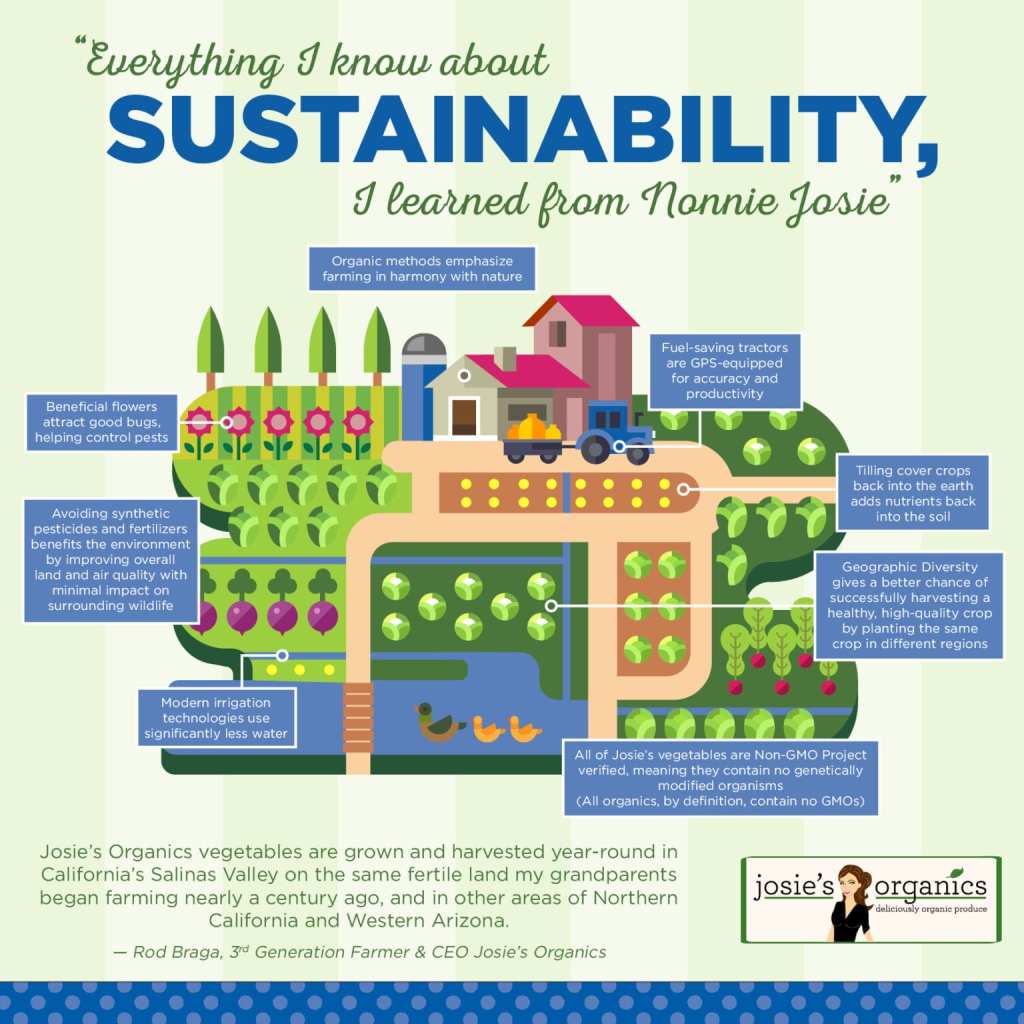Sustainable Farming Practices: A Step Towards a Greener Future
In recent years, there has been a growing concern about the impact of conventional farming practices on our environment and the long-term sustainability of our food systems. As a result, many farmers are turning towards sustainable farming practices that prioritize environmental stewardship, biodiversity conservation, and resource efficiency. In this article, we will explore some of these practices and their benefits for both farmers and the planet.
1. Crop Rotation:
Crop rotation is an age-old practice that involves planting different crops in sequence on the same piece of land over time. This practice helps to break pest cycles by interrupting their life cycle and reduces soil erosion caused by continuous cultivation of a single crop. Additionally, crop rotation enhances soil fertility as different crops have varying nutrient requirements.
2. Organic Farming:
Organic farming is another sustainable practice gaining popularity among farmers due to its numerous benefits for human health and the environment. It involves avoiding synthetic pesticides and fertilizers while focusing on natural methods such as composting, biological pest control, and cover cropping to maintain soil health and fertility.
3. Agroforestry:
Agroforestry combines agricultural crops with trees or shrubs in order to create mutually beneficial relationships between them. The presence of trees improves soil structure, conserves water resources by reducing evaporation rates, provides shade for livestock or crops during hot weather conditions, sequesters carbon dioxide from the atmosphere thus mitigating climate change effects.
4. Conservation Tillage:
Conventional tillage involves plowing fields before planting seeds but it can lead to significant soil erosion through wind or water runoff. Conservation tillage techniques minimize soil disturbance by leaving plant residue on the field after harvest or using minimum tilling methods like no-till or reduced tillage systems. These approaches help retain moisture in the soil while promoting organic matter decomposition which improves overall soil health.
5. Water Management:
Water scarcity is becoming an increasingly critical issue, particularly in agricultural regions. Sustainable farming practices aim to optimize water use by implementing techniques such as drip irrigation, which delivers water directly to the roots of plants, reducing waste and evaporation. Additionally, contour plowing or terracing can help prevent soil erosion and retain rainfall.
6. Integrated Pest Management (IPM):
Integrated Pest Management is a holistic approach that combines various pest control strategies while minimizing the use of pesticides. This practice involves monitoring crop health regularly to detect any potential pest issues early on and using cultural methods like crop rotation or intercropping to reduce pest pressure naturally. Biological controls like beneficial insects or microbial agents are also utilized when necessary.
7. Livestock Rotation:
Sustainable livestock management focuses on rotational grazing systems where animals are moved between different pastures periodically. This prevents overgrazing in one area and allows for natural regeneration of vegetation while improving soil fertility through animal droppings. Proper grazing management also minimizes soil compaction and nutrient runoff into nearby water bodies.
8. Cover Cropping:
Cover cropping involves planting specific crops during fallow periods or between cash crops to protect the soil from erosion and improve its structure and fertility. These cover crops add organic matter to the soil as they decompose, suppress weeds, enhance biodiversity by providing habitats for beneficial insects, and increase water infiltration rates.
9. Renewable Energy Integration:
Many sustainable farms strive towards energy self-sufficiency by integrating renewable energy sources such as solar panels or wind turbines into their operations. By generating clean energy on-site, farmers can reduce their carbon footprint significantly while saving money on electricity bills.
10. On-Farm Composting:
Composting is a valuable practice that converts organic waste materials into nutrient-rich fertilizers for use on the farm instead of relying solely on synthetic fertilizers that deplete non-renewable resources like phosphorus or potassium ores.
By adopting these sustainable farming practices, farmers not only contribute towards a greener future but also benefit from increased resilience to climate change, improved soil health and fertility, reduced input costs, and enhanced biodiversity on their lands. Transitioning towards sustainable agriculture may require initial investments of time and resources, but the long-term benefits make it a worthwhile endeavor for both farmers and the environment. Let us embrace these practices as we work together towards building a more sustainable food system for generations to come.


Leave a comment